The content of the article
- 1 Harvesting plants
- 2 Composition
- 3 Indications for use
- 4 Ways of preparing chamomile tincture
- 5 Recommended doses for a child
- 6 Medicinal properties of chamomile tincture
- 7 Ways to use chamomile tincture
- 8 Contraindications and side effects
- 9 What do the doctor's say
- 10 Video: chamomile and its useful properties
Chamomile is one of the most popular herbs for home treatment. It helps in the fight against many diseases and has an effective sedative effect. It will be very useful for all those who suffer from insomnia, stress and anxiety. Chamomile is a natural remedy for combating depression, nightmares, menstrual pain, neuritis and fibromyalgia.
For the use of chamomile prepare a variety of drugs. It can be:
- decoctions;
- tea;
- compresses;
- oils;
- tinctures;
- and other means.
It is important to know! For the preparation of tincture or other drug, you should use dried flowers of the plant.
Harvesting plants
You can independently prepare herbal collection. To do this, it is recommended to collect chamomile in a calm windless day, preferably in the evening. It is necessary to collect only flowers. Leaves and stems do not need to be collected. After picking the chamomile, rinse and dry thoroughly. To do this, it is recommended to lay out on a cotton fabric in a dry, ventilated, cool place without direct sunlight. Chamomile, dried in this way, will retain all its useful properties for one year. Keep the collection necessary in a cool dark dry place.
Composition
Flowers contain:
- essential oils;
- polyphenols;
- coumarins;
- fatty acid;
- phytosterols;
- and a number of other nutrients.
Due to such a rich composition of the plant is often used in the treatment of various diseases.
Indications for use
External application of chamomile is advisable for various skin problems and ophthalmic diseases, such as conjunctivitis. When used internally, anti-inflammatory and antioxidant properties are manifested. It also has a sedative and anti-depressive effect.
Therapeutic indications for use are:
- dyspepsia of gastric or hepatic origin;
- inflammation of the digestive tract (esophagitis, gastritis, ulcers);
- dental neuralgia;
- inflammatory dermatoses;
- burns;
- eczema;
- neuralgic pains;
- prevention of postoperative throat irritation;
- reducing inflammation and irritation of the respiratory tract.
Chamomile preparations can be used as an analgesic or anti-inflammatory agent. The plant will be useful for soothing toothache in children.
Chamomile has a beneficial effect on the central nervous system, has sedative and antiviral effects. It is also a good bactericide.
The tincture is used for wiping the skin of the face with acne, for rinsing the throat (previously diluted with warm boiled water), and a bath for sweating the feet. It is also useful for reducing pigmentation, for washing oily, weak hair.
Ways of preparing chamomile tincture
- 250 grams of gromme or vodka;
- 100 grams of dried chamomile;
- 250 grams of boiling water;
- 1 liter glass jar.
Chamomile inflorescences are cut and crushed, placed in a glass jar, into which boiling water should then be poured. Next, alcohol is poured into the jar. The mixture is kept in a dark place for 4 weeks. Then the tincture should be filtered and stored in the refrigerator. Properly made tincture has a transparent color and a pleasant aroma.
Apply the infusion is usually according to this scheme: 1/3 cup three times / day, be sure to eat.
Recommended doses for a child
The recommended dose for adults is 1 teaspoon of tincture 1-3 times a day. For babies, only a few drops are required. One method of application for young children is rubbing the gums for teething or gastric lavage during colic. For older children, the dose is 1/4 to 1/2 tsp. Tincture can be taken 1-3 times a day. It is especially useful for babies and young children who have difficulty sleeping.Drinking tincture right before bedtime can help relax and calm children for a restful, full sleep.
Medicinal properties of chamomile tincture
- Chamomile tincture helps to calm ulcerative colitis, gastritis, improve digestion, and fight gastrointestinal problems.
- It is useful as a natural allergy drug, and acts just like antihistamines.
- Chamomile relieves morning nausea during pregnancy.
- It is also used to accelerate the healing of wounds, skin ulcers, burns, and to treat acne, eczema, and rashes.
- Chamomile tincture has a calming effect and the ability to maintain normal functioning of the stomach and intestines.
- It consists of chemicals that have anti-inflammatory, antibacterial, antiviral and antiparasitic properties.
- Chamomile is useful in the treatment of irritable bowel syndrome (SRCT), colitis, ulcers.
- It will be useful for diseases such as enterocolitis, hemorrhoids, stomatitis, dyspepsia, diarrhea.
- As an antispasmodic, it relieves stomach cramps.
- Chamomile can be very helpful in relieving nausea, heartburn, and stressful flatulence.
- It is also used in the treatment of diverticular disease and inflammatory bowel conditions, such as Crohn's disease.
Chamomile for diabetes
Chamomile has a beneficial effect on the treatment of diabetes. Studies have shown that this plant regulates blood sugar and glucose levels. Researchers have established a clear link between daily consumption of chamomile tincture and the prevention of the progression of diabetic complications and hyperglycemia. This will be useful not only for patients suffering from diabetes, but also for healthy people who also need to maintain normal blood sugar levels.
Chamomile diet
Many people tend to overeat or eat junk food during times of stress. Studies at the University of Maryland have shown that chamomile flower tinctures help to cope with anxiety and reduce stress levels, thus allowing dieters to make wise nutritional decisions.
Chamomile contains substances that act as appetite suppressants.These substances contribute to the feeling of satiety, which will help to eat less.
Chamomile is considered a diuretic, therefore it helps to remove fluids from the body. This can be useful for quick weight loss.
The relaxing effect of chamomile tincture
The overall soothing effect of chamomile is used as a treatment for such common childhood diseases as stomach cramps, colic, middle ear infections and alternating bouts of constipation and diarrhea. Sometimes an allergic reaction to chamomile can be observed, but usually it is considered a reasonably safe means for the elderly and young children.
Some active substances in chamomile tincture manifest themselves as antidepressants that relax the brain and nervous system. Chamomile has a relaxing effect on the body.
It has been used for centuries to treat insomnia, especially when it occurs due to anxiety. Use of tincture is useful for people suffering from nervousness due to fatigue from daily work. It helps to ease the effects of stress.
Chamomile is a good choice for children whose insomnia is associated with gastrointestinal upset. Chamomile also reduces nightmares in children and adults, if taken before bedtime. The substances contained in this plant help to deal with some symptoms of attention deficit disorder and attention deficit hyperactivity disorder.
Antispasmodic properties of chamomile tincture
Chamomile is an antispasmodic that stops and prevents muscle spasm. Traditional herbalists have long recommended this plant to people with back pain, with neuralgia, fibromyalgia, rheumatism, arthritis, and to eliminate headaches. Also, chamomile can be used to reduce swelling as a result of blows and bruises, to reduce dark circles under the eyes.
The fight against harmful microorganisms and infections
The active ingredients of chamomile reduce the activity of free radicals. Studies demonstrate possible protection against several different types of cancer cells. The chemicals contained in chamomile prevent the formation of proteins that allow malignant cells to attach themselves to new sites.
As an antifungal, it helps fight Candida albicans and other infections. Chamomile flowers contain an agent that has a positive effect on menstruation and their adjustment, as well as in the treatment of pelvic diseases. Chamomile is used to relieve menstrual cramps and menopause symptoms.
Chamomile tincture has antioxidant and antiseptic properties. Studies indicate that its use neutralizes certain microbes and prevents infections, including staphylococcus and streptococci. Chamomile also has immunomodulatory properties and helps in the fight against colds and sinusitis due to antibacterial properties.
It is also used to speed wound healing in older people with pressure sores, and in those who have removed tattoos. It is known that the tincture alleviates the pain and pain associated with sunburn, eczema and psoriasis. It is also used to treat hemorrhoids and skin rashes. It is often used for skin whitening, for natural treatment and prevention of acne, dermatitis, herpes, prevention and elimination of bacterial infections.
Ways to use chamomile tincture
It is often used to treat inflammatory processes, for example, to treat swollen and bleeding gums or gingivitis. To do this, simply dip a cotton swab in the tincture, then gently attach it to the inflamed tissue. This method will be useful for the treatment of eczema, inflammation of the eyes, vaginitis.
A few drops are used to treat:
- headaches;
- states of irritability;
- nervousness.
Doctors recommend tincture:
- to eliminate pain;
- for insomnia;
- gastrointestinal colic;
- gastric disorders;
- flatulence.
In addition, chamomile is among the immunostimulants. Its internal use prevents the development of infections and stimulates the body's response to the appearance of various diseases.
To combat digestive disorders, nausea, heartburn, painful menstruation and anxiety, it is advisable to take the tincture before meals.
Other useful properties of chamomile tincture
It is recommended to use it in such diseases of the gastrointestinal tract as food poisoning, anal itching, hemorrhoids, abdominal colic, constipation.For women, it is useful for dysmenorrhea with nausea and vomiting, menorrhagia, severe postpartum pain. Men can use tincture for such genital problems as itching and swelling.
Chamomile is often used for problems with the musculoskeletal system. This is especially true of problems such as muscle cramps, occurring mostly at night, swollen and bruised joints, rheumatism, finger numbness, burning, redness and swelling.
Chamomile preparations are often used to combat diseases of the respiratory system. Chamomile will be useful for:
- whooping cough;
- cough;
- cold with nasal obstruction;
- painful pharyngitis with edema of the tonsils, parotid glands and submandibular glands;
- hoarseness with the accumulation of persistent mucus in the throat.
Also, the tincture should be used with a feeling of heaviness in the chest.
Contraindications and side effects
- All those who suffer from allergies to chamomile (ambrosia) should consult a doctor or allergist before using the drug. Since chamomile is a uterine stimulant, pregnant women should consult with their physician for possible use.
- Chamomile may cause drowsiness.
- It sometimes causes side effects in people taking anticonvulsants or sedatives. Tincture is not recommended to be taken along with a sedative or a strong analgesic.
- You should also refrain from its use in high blood pressure.
- It is not recommended to use it for a long time, because it can cause insomnia and nausea.
- If you use it in excessive doses, it can cause dizziness, nausea and vomiting.
- Chamomile tincture should not be combined with anticoagulants due to the presence of coumarin in the plant.
Important! It is recommended to follow the indicated doses or consult a doctor or pharmacist.
What do the doctor's say
Chamomile flowers are natural antispasmodics and analgesics. According to doctors, chamomile improves digestive processes and has an antispasmodic effect. It also plays a general stimulating role in the body. This allows you to adjust the disturbed menstrual cycle.
Video: chamomile and its useful properties


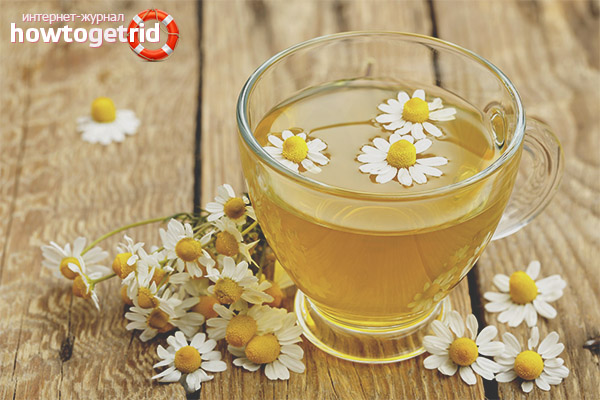
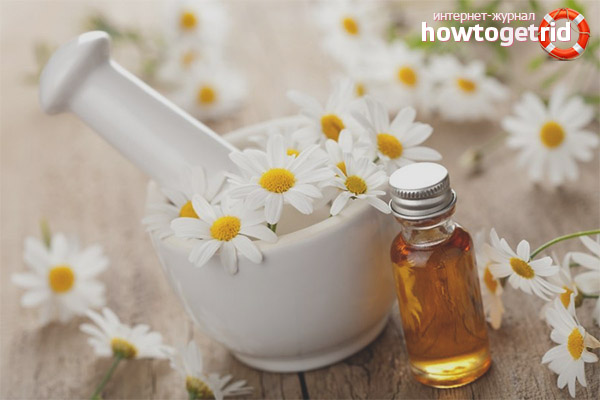

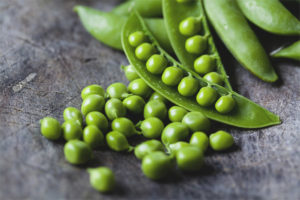
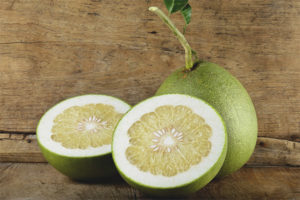
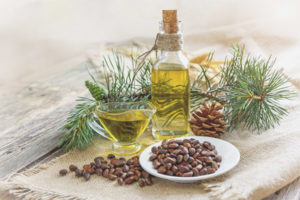
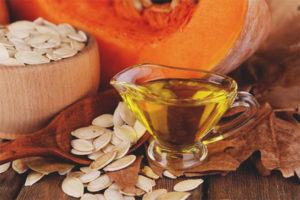
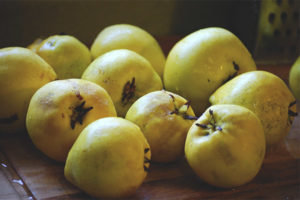



To send